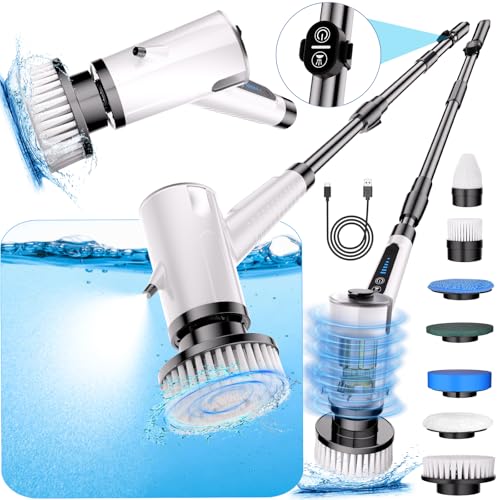jadnashuanh
Well-known member
I wonder how many of those tires available in Germany have the low rolling resistance of the Bridgestone that was purpose built for the i3.
The only way to get a taller sidewall would be to use a smaller diameter wheel if you want to retain the overall diameter that would keep the gearing, speedometer, and odometer accurate. Don't know if there's enough rotor and caliper clearance for that. That would also likely increase the contact patch and therefore rolling resistance.
The only way to get a taller sidewall would be to use a smaller diameter wheel if you want to retain the overall diameter that would keep the gearing, speedometer, and odometer accurate. Don't know if there's enough rotor and caliper clearance for that. That would also likely increase the contact patch and therefore rolling resistance.




![300W Car Power Inverter 12V to 110V,PiSFAU DC to AC Car Plug in Adapter Outlet with Multi USB[24W USB-C] /USB-Fast Charger(24W) Car Inverter,Car Charger for Laptop Vehicles Road Trip Essentials](https://m.media-amazon.com/images/I/41-KedJShYL._SL500_.jpg)











































